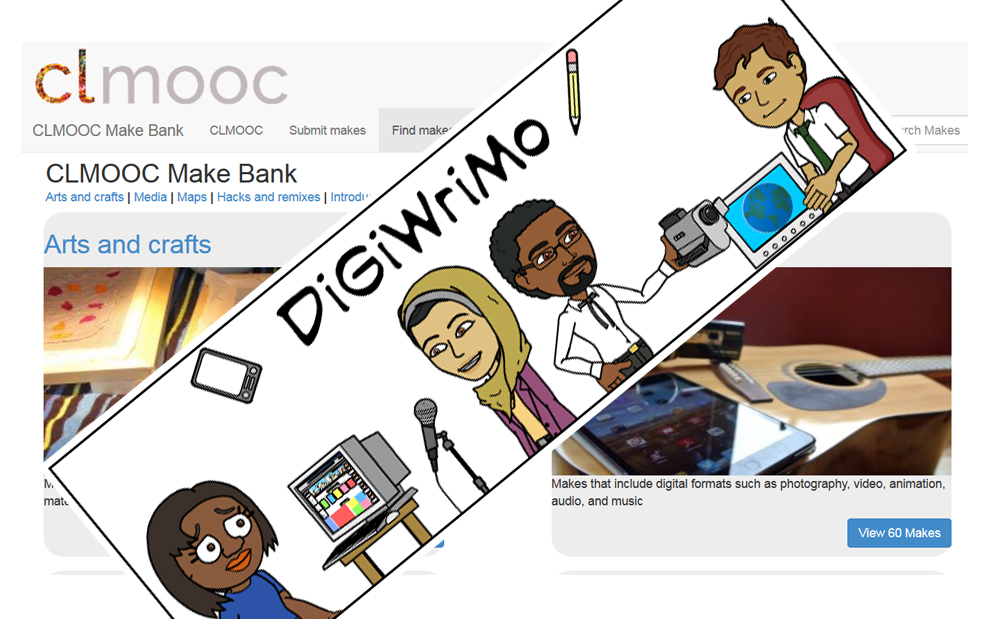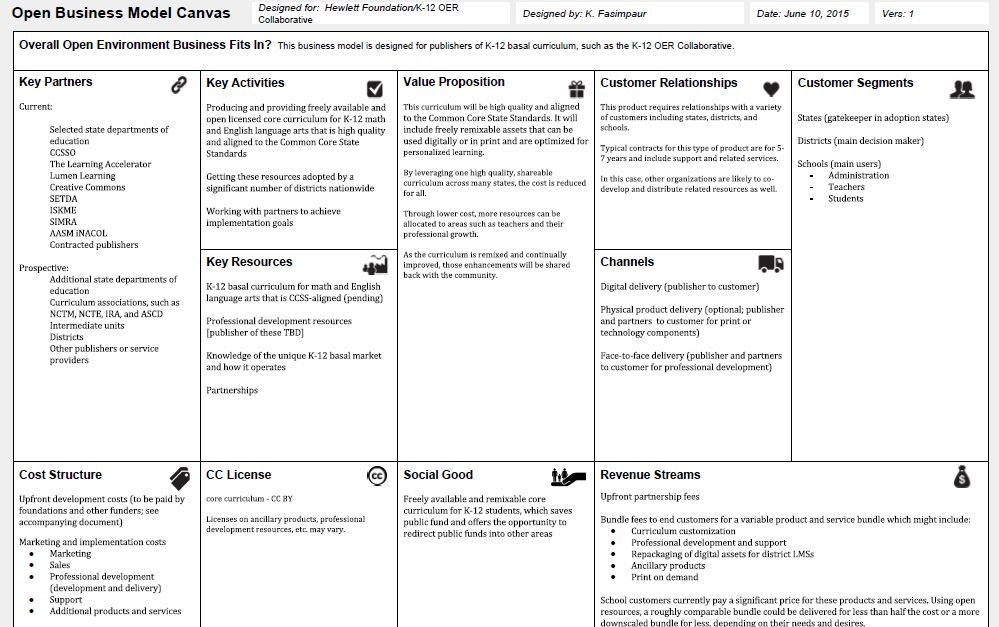Much of my research to date on the adoption and implementation of K-12 OER core curriculum in ELA and math has led me to the realization that, to schools, price is not a significant factor in adoption. In fact, most don’t even look at price until the adoption decision has been made.
At the same time, OER developers and publishers face the challenge that to complete in state and district adoptions, they need to include many components that add significant cost. These include things like intervention programs, support for many special populations, manipulatives, assessments, pre-sales pilot support (including print materials), professional development, and extensive customer support.
The conclusion I am coming to, therefore, is that OER for core ELA and math will be most broadly used and implemented if it is sold as a package that includes those components. (It’s worth noting that that’s how some of the larger implementations of EngageNY materials have happened.)
Of course, a free, downloadable, open-licensed version would always be available, but the supposition is that that would be used primarily by individual teachers or more progressive schools, for whom “open” is already a practice. (Many of those teachers and schools are already using a variety of materials, creating their own, and remixing with others.)
The OER movement has always maintained that the biggest value of OER is not that it is free in the cost sense, but that it can be modified, remixed, reused, and redistributed. Districts don’t necessarily desire this though, and some actually fear it.
Thinking about the scenario of core OER sold as packaged commercial curriculum, I am forced to ask myself how this differs from any other packaged curriculum? What value does the open license add? Do OER providers in this scenario become just another commercial publishing operation?
I’m not sure I have answers to these questions. I hope that the open license gives some schools and districts the opportunity to move toward more open practice. And if that is successful, the need for such comprehensive, packaged curriculum could eventually disappear. I guess I’m not naive enough to imagine that happening everywhere, but movement in that direction would be an improvement.
[Note: Some of you will see my ongoing struggle with whether OER is integral in some way to open practice, which I see as the bigger win for learning. I realize though that open practice is not a mainstream idea and so am continuing to struggle with this in that context.]




